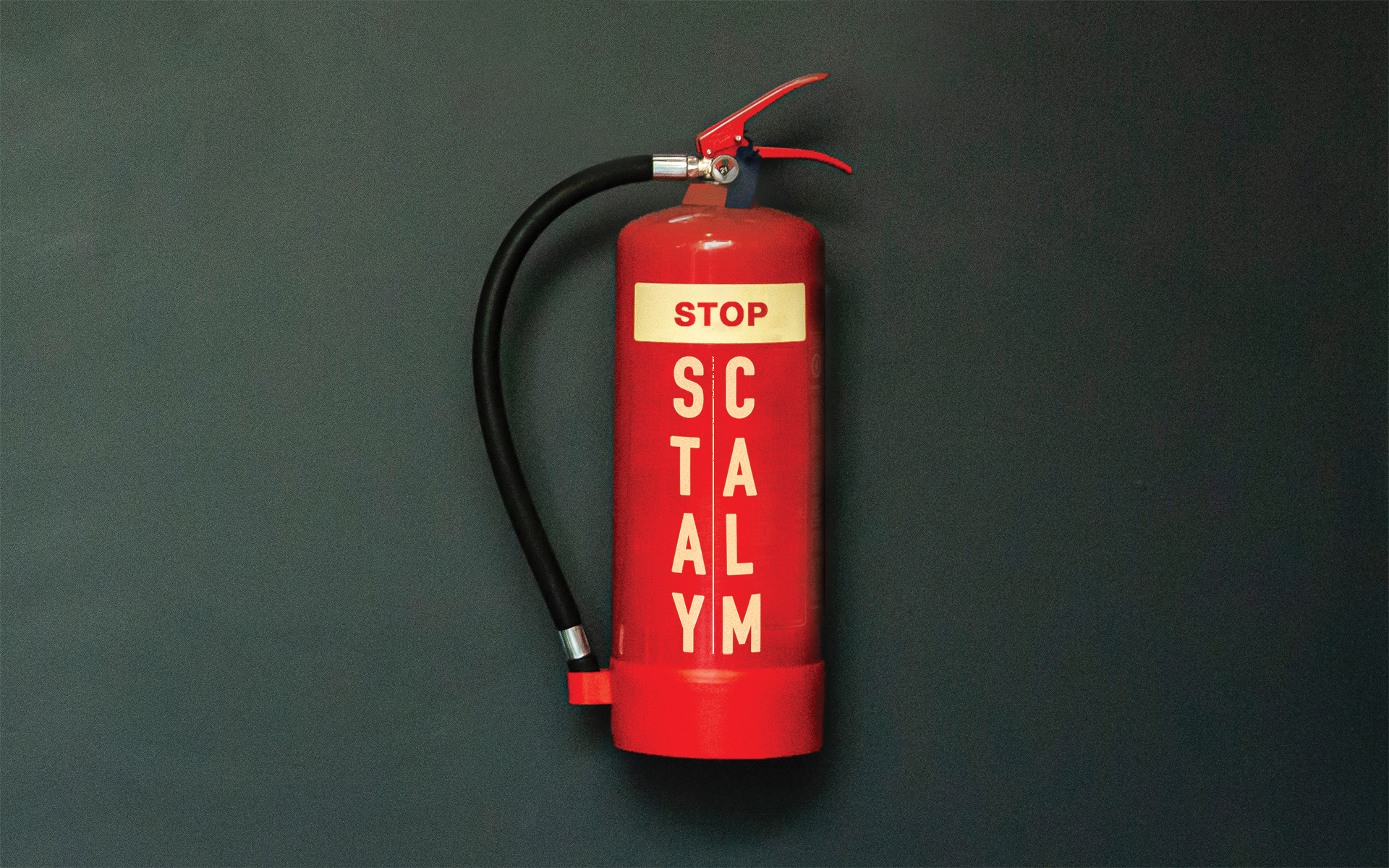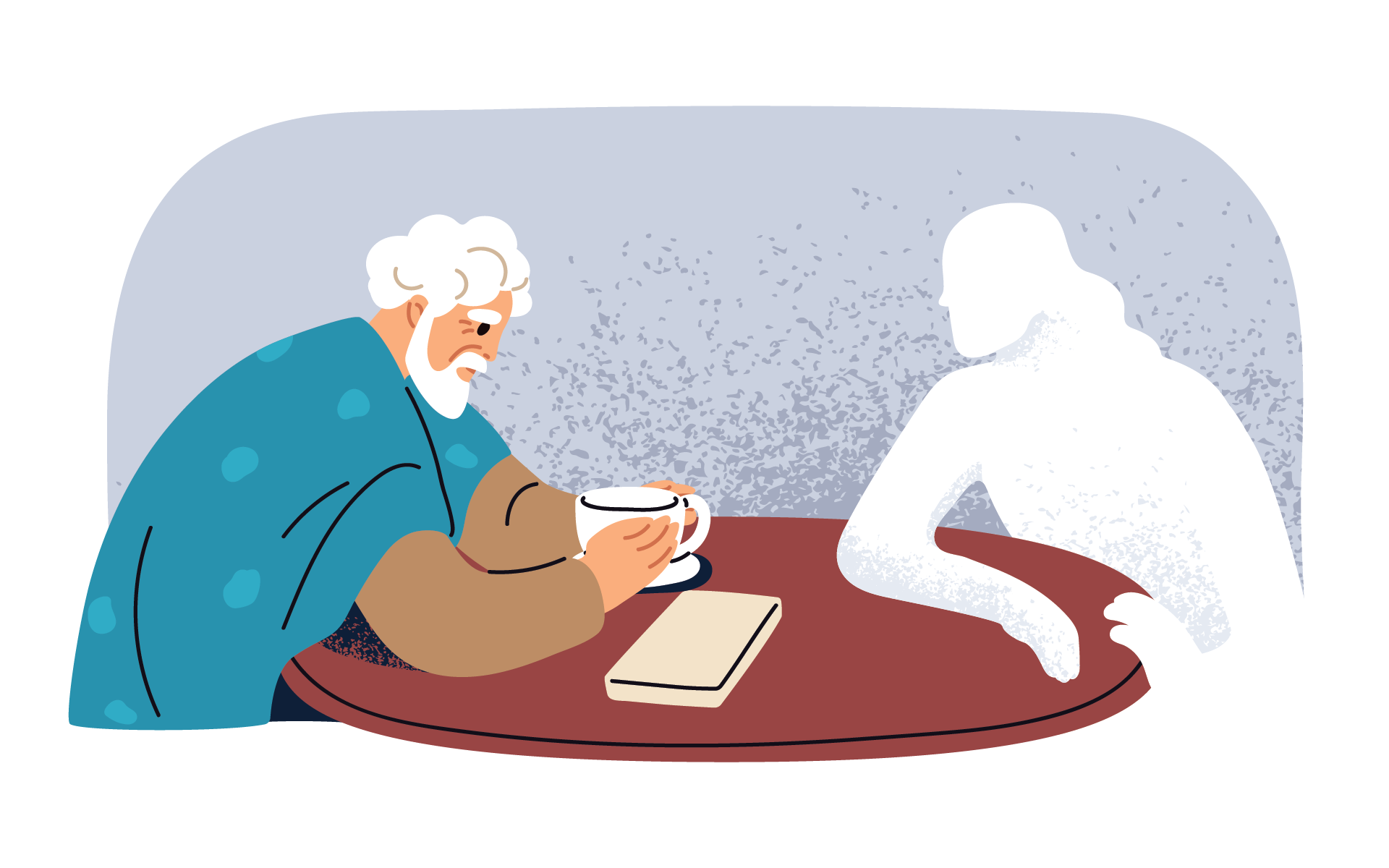This meditation is about working with habits. In particular, our habitual reactions to difficult situations that commonly arise. These could be anger at being stuck in traffic, sadness at not getting what you want, or frustration when dealing with companies that keep you on hold for what feels like eternity. Whatever it may be, whether it is something significant or something that might seem mundane, mindfulness practices can help us deal with our habitual reactivity in more skillful ways.
Follow This Guided Meditation to Explore Your Habitual Reactions
12 Minute Meditation: Explore Your Habitual Reactions with Patricia Rockman
- Get into a comfortable posture, one that is familiar to you and that you use when engaging in a practice, and bring attention to your body. If you are sitting, bring attention to your points of contact; where your sitting bones are on your chair or cushion, or where your feet or legs are in contact with the surface.
- Bring attention to where your hands are in relation to your body, whether they are resting on your thighs or folded in your lap. Bring attention to your chest rising, your chin in line with your navel, and your tongue at rest behind your teeth. If you are choosing to lie down for this practice, it is preferable for you to lie on your back.
- Bring attention to your body as it makes contact with the mat, floor, or bed. Note your points of contact, and also note where your body is not in contact. Whatever your position, allow the surface that you are lying or sitting on to take on the work of holding you up. Bring attention to the front body and the back body, and everything in between.
- Now shift your attention to the sensations of breathing where they are most readily available, whether at the nostril, the chest, or the abdomen. Really hone in on the sensations of the breath as they make themselves known to you, picking one place and resting your attention there.
- Attend to the in-breath and the out-breath. Attend to the movement of the body as the air moves in and out. Attend to the nostrils; you may be noticing the coolness of the air as it goes in, and the warmth as it moves out. Attend to the breath or the chest, focusing on the expansion of the body with the in-breath, and the deflation of the body as the breath leaves.
- Allow the body to settle. Allow the breath to settle. Breathe in, breathe out, breathe in, breathe out. Each breath is a new breath. Each breath is a receiving and a releasing.
- You will notice from time to time that your attention will move into thinking, into the future, past, planning, anxiety, or daydreaming. Your task is simply to notice this habitual tendency of mind, and gently return to your breath over and over again, without judgment and without a story. There is no right or wrong here, there is simply attending to your breath, noting when your attention moves, and bringing it back again.
- Notice when the breath is low, and when the breath is short. Notice when it is shallow, and when it is deep. Mindfulness is about coming to know our experience in its entirety, whether wanted or unwanted, and in this case it is coming to know the experience of breathing.
- Breathe out and let go of this primary focus on the breath, and allow it to be present but in the background. On an in-breath, establish attention in your entire body. Bring an open receptivity to experience and to sensations in the body as they come and go. Note their arrival, persistence, or passing, and explore these. Bring a friendly interest and curiosity to this investigation of the sensorial nature of experience, whatever it is.
- Notice how your body feels. There may be ease, tension, relaxation, discomfort, or pain in a part of your body. Whatever it is, when a sensation calls out for attention, investigate it and explore its depth and various qualities. Whether you lean into it or lean away, whether it is pleasant, unpleasant, or even neutral, without changing anything in this moment, simply attend to what is arising in your body as it shows.
- Attend to what is arising as best as you can and without judging it, but notice judgment or aversion if they do arise. As best as you can, explore the sensation as it is, without judgment.
- Investigate sensations as they arise. Once you are finished investigating one sensation, wait for another to arise and investigate that one. Remember that a sensation may be internal or external. Perhaps sounds are making themselves known as they come and go. Get to know your bodily sensations, in your body, in this moment.
- Note when your attention moves into thinking, or you feel an impulse to act or shift position. Acknowledge that this is what is here right now. Turn your attention back to your body, over and over again. Explore one sensation, let go of it, and then bring your attention into another as it enters your awareness.
- Now, if you want to, bring to mind a manageable stressful situation. Maybe it’s a recent time when you were irritated, sad, confused, or anxious. Perhaps it was a situation in a relationship or at work. Bringing to mind this situation, remember that if what comes up is at all overwhelming for you, feel free at any time to turn your attention back to breathing with your body.
- If your eyes are closed, open them. Consider a stressor and note what arises immediately. It could be a bodily sensation, a thought, or an emotion. Perhaps there is a behavior or an impulse to act. Start to get to know your stress reactivity signatures.
- If there are thoughts, observe them as best as you can. If there are emotions, try naming them, such as “sadness”, or “anxiety”. Remember that labeling emotions helps to settle them and make them more manageable. Labeling emotions creates an opportunity to give you a choice about what happens next.
- If there are body sensations, make a note of these, and actually turn your attention to them. Explore them even if they’re unwanted. Get to know them. Stay with them for as long as they are holding your attention. Note whether they increase, persist, or fade. Recognize that this is a moment of stress, and that it’s ok; it’s already here. Bring a compassionate and kind holding to this experience. Be with it as it is, even though it may be unwanted. Explore your body and the sensations for as long as they’re here.
- Now, shift your attention back to the sensations of breathing, perhaps in your belly. If there are any remaining sensations, hold attention at the same time. Engaging in the option, should you choose, to expand into these on the in-breath, softening, expanding, and releasing on the out-breath, letting go, or allowing and letting be, if this is possible. If this is not necessary, then simply bring attention to the belly and the rising and falling of the breath that comes and goes.
- Expand around the breath to the entire body once again, to any and all sensations. Be with the body, with your breathing in the background and sensations in the foreground, from head to toe. Bringing a feeling of spaciousness to your experience; be open and receptive, with an open front and strong back.
- When you’re ready, let go of this practice, and if possible bring a more expanded and spacious awareness to your next moments.
- Now, if you feel inclined, take a paper and pen and write down any words, thoughts, emotions, bodily sensations, and impulses to act that came to mind. Write down what came up for you in that practice when you introduced the stressor. Name the emotions, and listing them. What bodily sensations and what impulses to act or behaviors, if any, went through your mind? These components of experience may show themselves in a variety of ways, moving from thoughts, to emotions, to bodily sensations, to behaviors, and back to emotions and thoughts, and that’s OK. Record these as they show up to you.
- Once you’ve finished, take a moment to look at what you’ve written and think about where in your habitual reaction you might intervene with mindfulness. How might you bring awareness to these habitual reactions when they arrive, to provide more choice if this is needed, or to introduce other options about how to respond? How might you stop yourself, to be able to take a step back and gain perspective?
Bring Mindful Attention to Habitual Reactions
Perhaps make a commitment to yourself about how you might practice with this in some small way when difficulty arises. Perhaps once a week or once a day, simply bring mindful attention to an experience, or bring the breath your mind when difficulty shows, or shift an attitude, or engage in a different behavior.
Whatever you may do, remember that awareness is always a moment away, and mindfulness is portable it can be with us wherever we are, in any moment, at any time.
read more
Shift Your Mind From Crisis Mode to Calm
Unchecked stress may lead to overwhelm, unhelpful coping, and burnout. When you learn to recognize the warning signs, you can take wise action to manage your stress—with a little kind attention, and a lot of self-compassion.
Read More
A 15-Minute Meditation for Patience and Resolve
Developing a sense of equanimity is difficult—even in the best of times. This guided meditation from Mark Bertin offers a quiet moment to be patient with ourselves as we navigate discomfort and uncertainty together.
Read More
A 12-Minute Meditation to Widen Your Perspective
This guided mindfulness practice helps us relax and see the full scope of the possibilities in front of us.
Read More
A Guided Meditation for Turning Awareness into Action
Michelle Maldonado shares a practice for strengthening our ability to be self-aware, self-actualized, and self-determined as we co-create our emerging new reality and world together.
Read More







